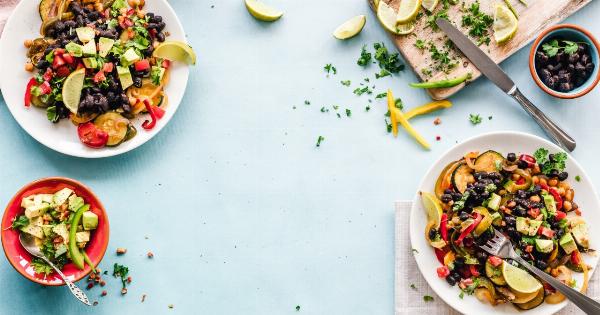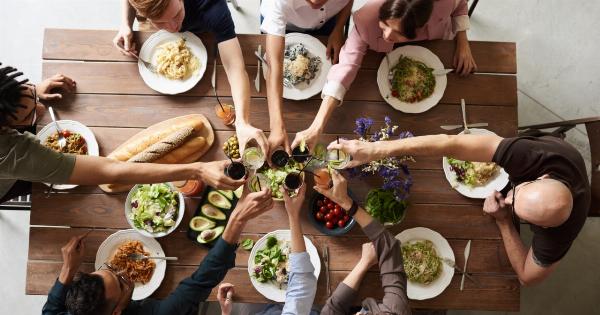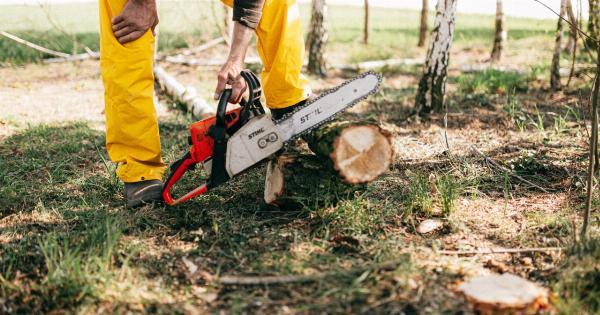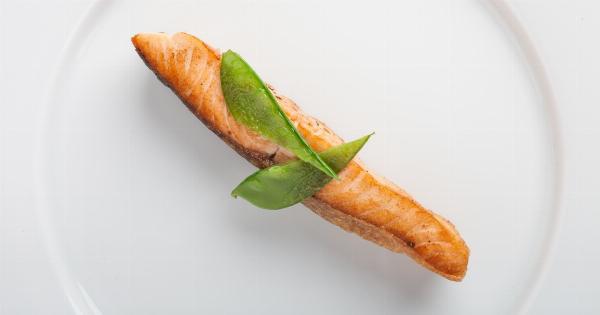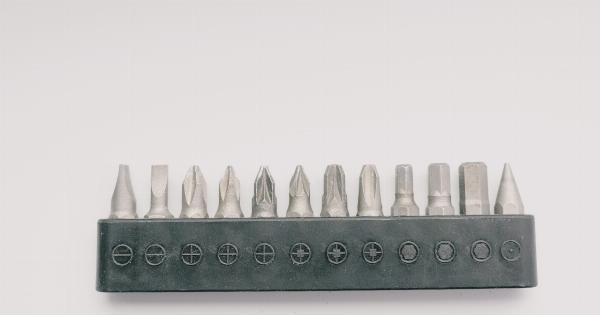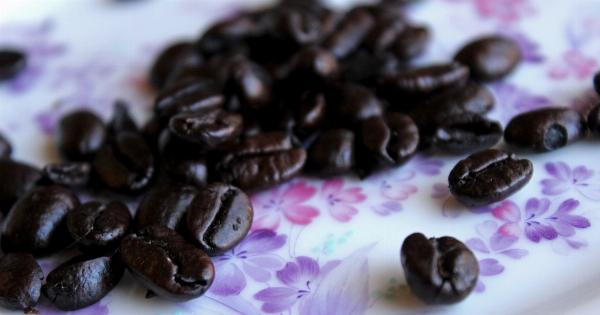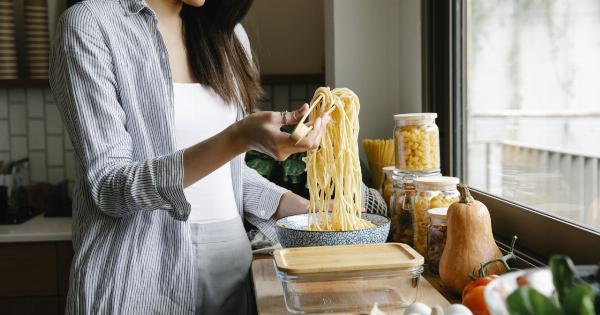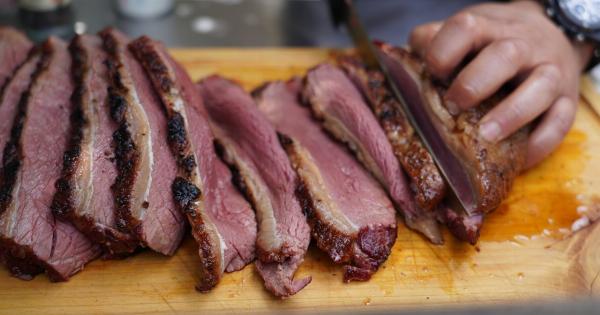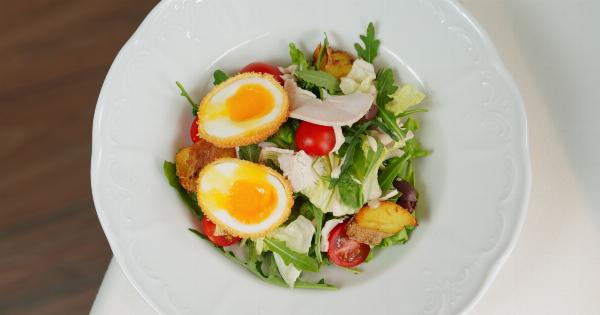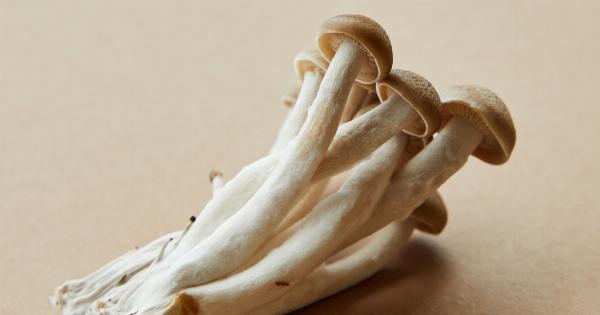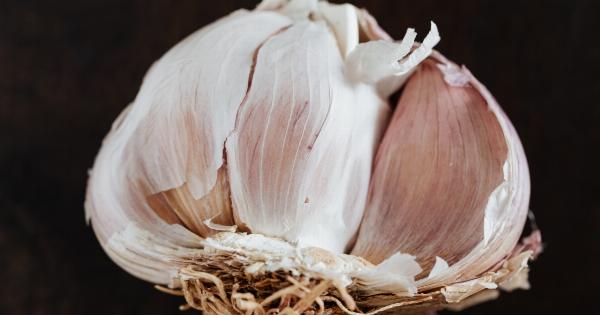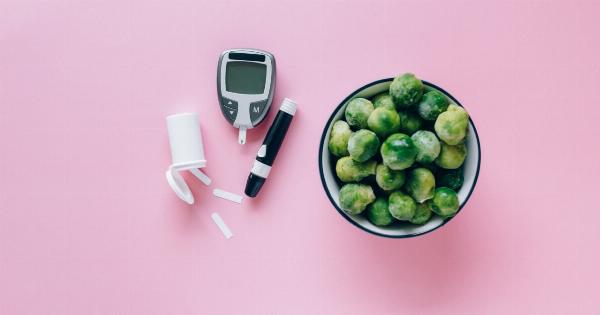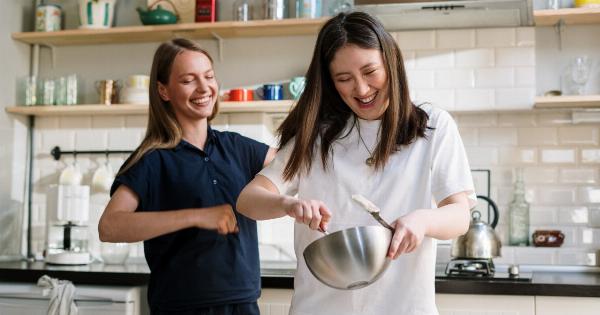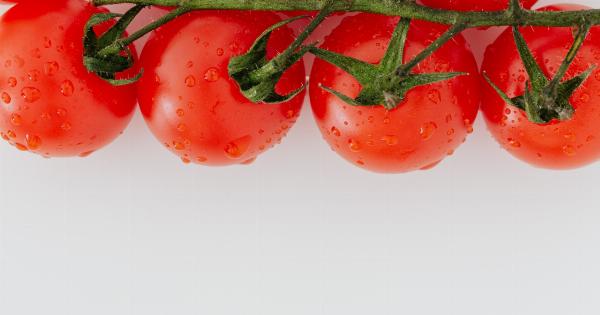Cooking is an art that requires precision and attention to detail. Sometimes, even the smallest mistakes can have a big impact on the outcome of a dish. One common mistake that many home cooks make is thickening their dishes unintentionally.
Thickening can occur when a dish becomes too concentrated, or when ingredients that have natural thickening properties are used in excess. To prevent this from happening, it’s important to be mindful of certain cooking techniques and ingredients. In this article, we will discuss the most common mistakes to avoid while cooking to prevent thickening.
1. Using too much flour or cornstarch
Flour and cornstarch are commonly used to thicken sauces, stews, and gravies. However, using too much of these ingredients can result in an overly thick and heavy dish.
It is important to measure the amount of flour or cornstarch accurately and avoid adding more than the recipe calls for. If you’re unsure about the correct measurement, it’s better to start with a smaller amount and gradually add more as needed.
2. Adding too much cheese
Cheese is a delicious and popular ingredient that can add richness and flavor to many dishes. However, some cheeses, especially aged varieties, have natural thickening properties. When melted, they can cause a dish to become overly thick and heavy.
It’s important to use cheese in moderation and choose the right type of cheese for the dish you’re preparing.
3. Overcooking vegetables
Vegetables contain a significant amount of water, which can contribute to the overall thickness of a dish. Overcooking vegetables can release more water and cause them to lose their texture. This excess moisture can make a dish watery and thick.
To prevent this, it’s important to cook vegetables just until they are tender-crisp and retain their natural moisture.
4. Not deglazing the pan
Deglazing is a cooking technique that involves using a liquid, such as wine or broth, to loosen the browned bits of food that stick to the bottom of a pan. These browned bits are packed with flavor and can add depth to your dish.
If not deglazed properly, they can contribute to the thickening of your sauce or gravy. To avoid this, always deglaze the pan after browning ingredients and before adding other liquids.
5. Using a high heat setting
Cooking at a high heat setting can cause ingredients to cook too quickly and lose their natural moisture. This can result in a thick and dry dish.
It’s important to adjust the heat setting according to the recipe and cook ingredients at a gentle simmer or low heat when necessary.
6. Over-reducing sauces
Reducing sauces is a common technique used to intensify their flavors and thicken them naturally. However, reducing a sauce for too long or overdoing the reduction process can lead to an overly thick and concentrated sauce.
It’s important to monitor the reduction process carefully and stop when the sauce reaches the desired consistency.
7. Not measuring liquids properly
When it comes to cooking, precision is key, especially when measuring liquids. Adding too much liquid can result in a watery dish, while not adding enough can cause a dish to become thick and dry.
It’s important to follow the recipe and measure liquids accurately using the appropriate measuring tools.
8. Using the wrong thickening agent
There are various thickening agents available, such as gelatin, arrowroot, and tapioca starch. Using the wrong thickening agent can lead to unexpected results.
It’s important to choose the right thickening agent for your dish and follow the prescribed guidelines for its usage.
9. Improper stirring technique
Stirring is an essential technique in cooking that helps distribute heat and prevent ingredients from sticking to the pan.
However, stirring a dish excessively or using a vigorous stirring technique can break down the natural thickeners in certain ingredients, such as eggs or flour, leading to a runny or thin dish. It’s important to stir gently and only as needed.
10. Overloading the pan
Overcrowding the pan with too many ingredients can lead to uneven cooking and release of excess moisture. This excess moisture can make a dish thick and mushy.
It’s important to give ingredients enough space in the pan to cook evenly and allow excess moisture to evaporate.

